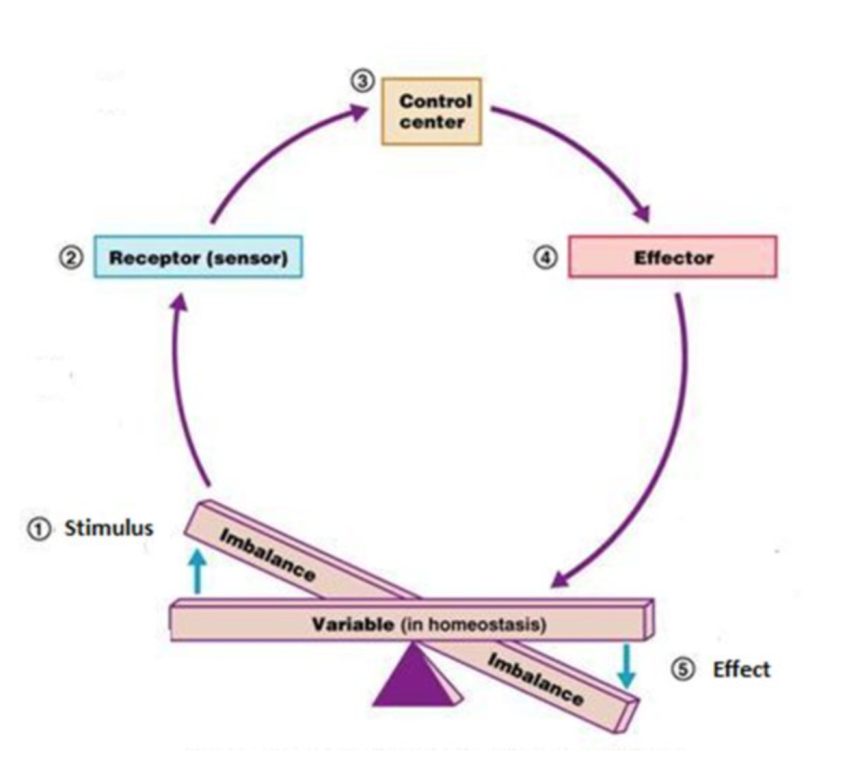
Hashtags
2 years ago
Hashtags
#what-is-this
What is Homeostasis?
Homeostasis is the ability of an organism or a system to maintain a stable internal environment despite external changes. It is a fundamental concept in biology and is crucial for the proper functioning and survival of living organisms.
Key points about homeostasis include:
- Internal Stability: Homeostasis involves the regulation and maintenance of various physiological parameters within a relatively narrow range. These parameters include temperature, pH, blood sugar levels, electrolyte concentrations, and many others.
- Regulatory Mechanisms: Organisms have specific physiological and biochemical mechanisms that work together to regulate and stabilize internal conditions. These mechanisms can include feedback loops, hormonal regulation, and other physiological responses.
- Dynamic Process: Homeostasis is a dynamic process that continuously monitors and adjusts the internal environment to maintain stability. When a deviation from the set point occurs, corrective actions are taken to return the system to its optimal state.
- Examples in Humans:
- Body Temperature: The human body maintains a constant body temperature (around 98.6°F or 37°C) through mechanisms like sweating to cool down and shivering to generate heat.
- Blood Glucose Levels: Insulin and glucagon hormones work together to regulate blood sugar levels. When glucose levels are too high, insulin is released to lower it, and when levels are too low, glucagon is released to raise it.
- Examples in Biological Systems:
- Plants: They maintain water balance through processes like transpiration and absorption of water through roots.
- Animals: Many animals have mechanisms to regulate salt levels in their bodies, important for functions like nerve signaling and muscle contraction.
- Importance for Health: Homeostasis is crucial for maintaining health and normal bodily functions. Imbalances can lead to various health issues or even serious medical conditions.
- Adaptations to Environment: Different organisms have evolved specific adaptations to maintain homeostasis in their particular environments. For example, animals in cold climates may have thick fur or blubber to regulate body temperature.
- Feedback Mechanisms:
- Negative Feedback: This is the most common type of feedback mechanism in homeostasis. It works to reverse any deviation from the set point. For example, in temperature regulation, when body temperature rises, mechanisms are triggered to lower it.
- Positive Feedback: This amplifies a deviation from the set point, often leading to a response that intensifies the change. While negative feedback stabilizes, positive feedback can lead to significant changes. For example, in childbirth, contractions increase in intensity to facilitate delivery.
Homeostasis is a fundamental concept in biology, and it is crucial for the survival and functioning of living organisms in various environments and conditions. It allows organisms to adapt to changing external circumstances while maintaining essential internal conditions for life.
Recommended Hashtags For #photography To Boost Your Instagram
Using relevant and popular hashtags can help boost the visibility and reach of your Instag...
Hashtags
2 years ago




